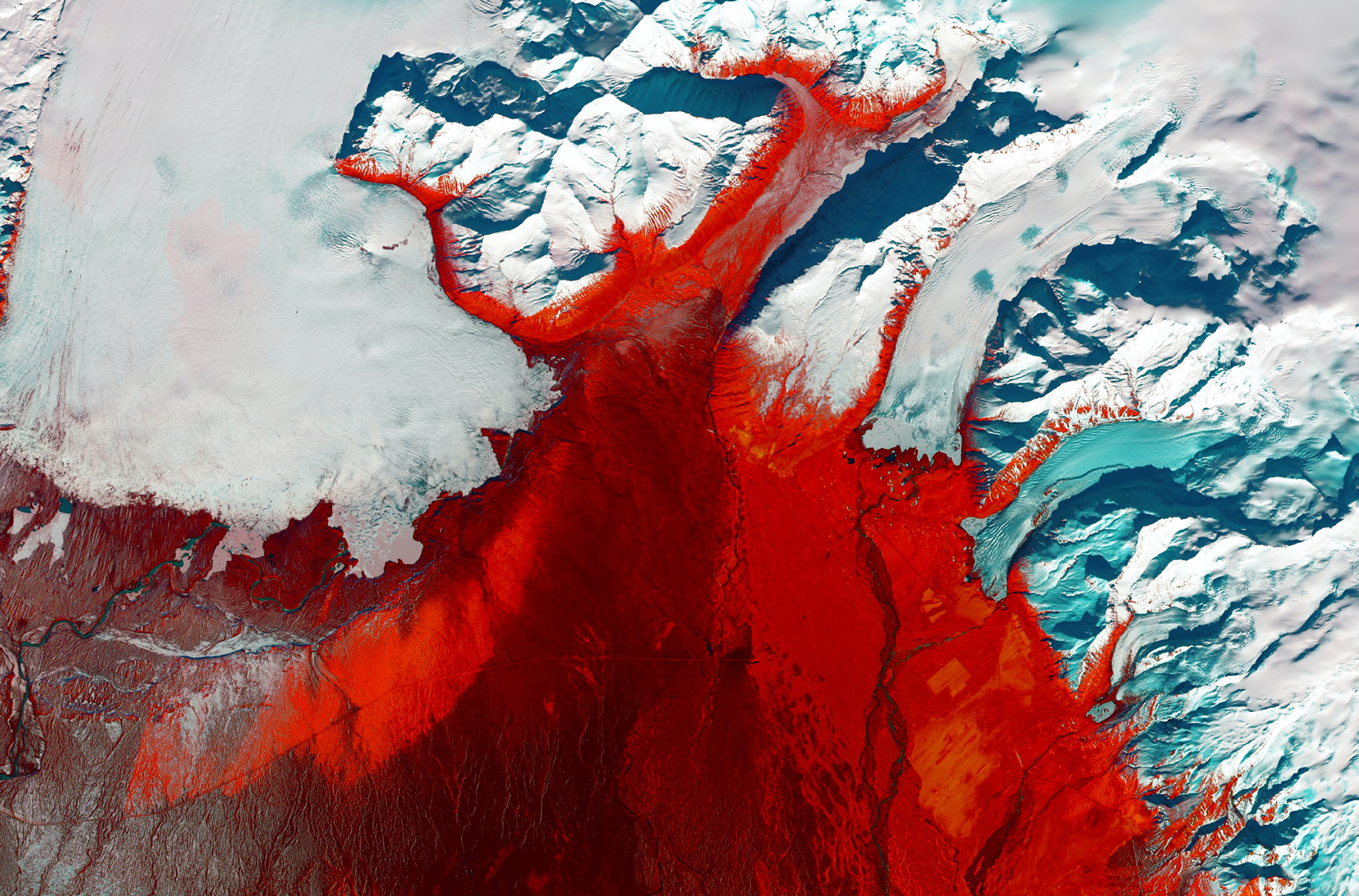Improving the safety of people and property
The first link in the alert chain, vigilance is designed to inform citizens and public authorities in the event of dangerous weather phenomena in metropolitan France within the next 24 hours.
The weather watch device in 2019
During 2019, 79 episodes of orange or red vigilance were activated. The episodes together represent a total of 124 separate days with at least one department on orange or red alert.
Five episodes reached the red alert level:
- heat wave in Hérault, Gard, Vaucluse and Bouches-du-Rhône from 27 June at 4.00pm to 29 June at 6.00am;
- heat wave in 20 departments, from Haute-Normandie to Hauts-de-France and Île-de-France and its neighbouring departments, from 24 July at 4.00pm to 26 July at 6.00am;
- rain-flood: heavy rains in the Var and Alpes-Maritimes from Saturday 23 November at 4.00pm to Sunday 24 November at 6.00am, with high vigilance in these departments during part of the same period ;
- rain-flood in the Alpes-Maritimes and the Var from Sunday 1 December at 10.00am to Monday 2 December at 6.00am;
- rain-flood for the Pyrénées-Atlantiques from 13 December at 3.00pm to 14 December at 6.00am.
For the first time since the inclusion of this phenomenon into vigilance in 2004, two episodes of heat wave red alert were activated in the same year (27-29 June and 24-26 July 2019).
The most striking episodes (orange and red alert) are mainly concentrated in June and July, with two heat wave episodes, and in November and December, with a total of 30 episodes.
In 2019, the rate of non-detection was just 1.4%, the lowest since the indicators were put in place, and for 88% of the alert episodes reported, the dangers associated with the forecast weather phenomenon were observed and occurred with the estimated intensity.

Improving the heatwave system (SPF/DGS)
In collaboration with the French Ministry of Health and Public Health (SPF), a reference system for the transition to heatwave red alert has been established, clarifying the trigger criteria and enabling better anticipation of protection and prevention measures. An action plan has been drawn up for overseas territories to better link vigilance and cyclone warning.
Forest fire monitoring and forecasting
Weather conditions have a great influence on the development and spread of forest fires. Climate change is also accompanied by an increase in the meteorological danger of forest fires throughout the country, particularly in areas that have hitherto been little affected.
Météo-France provides an assessment of meteorological fire hazards in the form of index maps dedicated to forest or agricultural areas produced from meteorological data: rain, temperature, air humidity, wind. In addition, specific assistance has been set up in the various regions to support the authorities and is supported by a mission of advice and training with the provision of forecasters from Météo-France as well as decision-making tools for authorities coordinating the fight against forest fires. Anticipating areas sensitive to wildland fire by studying the consequences of climate change is the other essential component in support of public decisions on prevention.
Summer 2019: exceptional heat wave episode
The probability of occurrence of the extreme heat wave that France and Western Europe experienced at the end of July 2019 would have been almost nil without anthropogenic climate change. This is the conclusion of the World Weather Attribution research group in which researchers and climatologists from Météo-France, CEA and CNRS participated.
Autumn, winter: a succession of dangerous events
During the autumn, numerous rainstorm episodes affected the Mediterranean regions and the south of the Massif Central. They were often violent, accompanied by locally heavy rain in the Cévennes, Aude, Hérault, Pyrénées-Orientales and Corsica. They sometimes caused devastating floods, especially during the episodes of 22 to 24 October around Béziers (Hérault).
The Var and Alpes-Maritimes were particularly affected from 22 to 24 November, then on 30 November and 1 December. These two remarkably intense Mediterranean episodes caused dramatic flooding in the Var and Alpes-Maritimes, placed on "red alert". The consequences of this episode were dramatic, with the death of 11 people and numerous disruptions to air, rail and road traffic.
